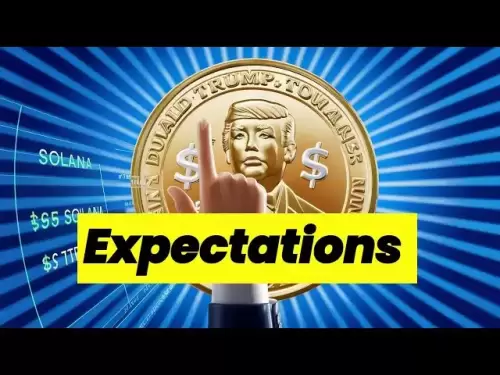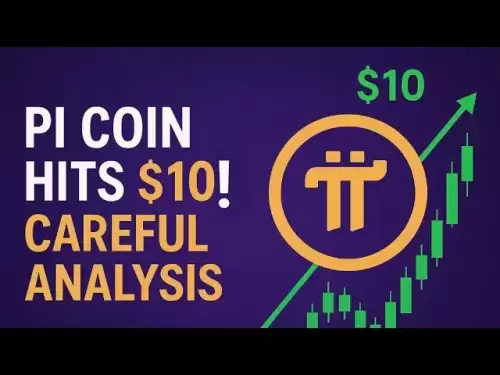-
 Bitcoin
Bitcoin $118400
0.19% -
 Ethereum
Ethereum $3766
5.19% -
 XRP
XRP $3.547
3.45% -
 Tether USDt
Tether USDt $1.000
0.01% -
 BNB
BNB $754.4
2.76% -
 Solana
Solana $182.1
2.48% -
 USDC
USDC $0.9998
-0.01% -
 Dogecoin
Dogecoin $0.2749
12.98% -
 Cardano
Cardano $0.8737
4.84% -
 TRON
TRON $0.3178
-0.78% -
 Hyperliquid
Hyperliquid $46.87
4.87% -
 Stellar
Stellar $0.4745
2.35% -
 Sui
Sui $3.945
4.11% -
 Chainlink
Chainlink $19.49
5.38% -
 Hedera
Hedera $0.2789
4.28% -
 Bitcoin Cash
Bitcoin Cash $549.5
5.60% -
 Avalanche
Avalanche $25.36
1.14% -
 Shiba Inu
Shiba Inu $0.00001576
5.38% -
 Litecoin
Litecoin $117.5
4.42% -
 UNUS SED LEO
UNUS SED LEO $8.987
-0.08% -
 Toncoin
Toncoin $3.299
2.83% -
 Polkadot
Polkadot $4.543
3.41% -
 Uniswap
Uniswap $10.69
5.28% -
 Ethena USDe
Ethena USDe $1.001
-0.02% -
 Pepe
Pepe $0.00001443
8.78% -
 Monero
Monero $326.4
0.36% -
 Bitget Token
Bitget Token $5.000
2.07% -
 Dai
Dai $0.9999
-0.02% -
 Aave
Aave $328.7
3.62% -
 Bittensor
Bittensor $428.6
3.35%
What are the best technical indicators for Ethereum?
Traders use technical indicators like moving averages, RSI, and MACD to analyze Ethereum's price trends, momentum, and potential reversals.
Jul 20, 2025 at 01:07 pm
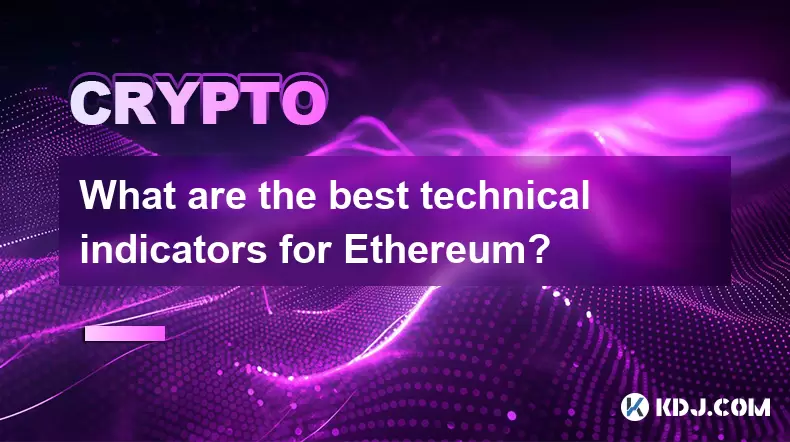
Understanding the Role of Technical Indicators in Ethereum Trading
When analyzing Ethereum (ETH) price movements, traders often rely on technical indicators to make informed decisions. These tools help interpret market data, identify trends, and predict potential reversals. Since Ethereum is one of the most traded cryptocurrencies, understanding which indicators work best can significantly enhance trading strategies.
Technical indicators are mathematical calculations based on price, volume, or open interest. They are designed to provide signals that help traders decide when to enter or exit positions. For Ethereum, which experiences high volatility and frequent trend shifts, selecting the right set of indicators is crucial.
Moving Averages: The Foundation of Trend Analysis
One of the most commonly used indicators in Ethereum trading is the Moving Average (MA). Moving Averages smooth out price data to form a trend-following indicator. They do not predict price direction but rather define the current direction with a lag.
- Simple Moving Average (SMA) calculates the average price over a specified number of periods. Traders often use the 50-day and 200-day SMAs to identify long-term trends.
- Exponential Moving Average (EMA) gives more weight to recent prices, making it more responsive to new information. The 12-day and 26-day EMAs are popular among short-term traders.
- Golden Cross and Death Cross occur when the 50-day MA crosses above or below the 200-day MA, signaling bullish or bearish trends.
Traders frequently combine multiple EMAs to create a Moving Average Crossover System, which can generate buy or sell signals when shorter-term averages cross above or below longer-term ones.
Relative Strength Index: Measuring Overbought and Oversold Conditions
The Relative Strength Index (RSI) is a momentum oscillator that measures the speed and change of price movements. It ranges from 0 to 100 and is used to identify overbought (above 70) or oversold (below 30) conditions in the Ethereum market.
- When the RSI crosses above 70, it suggests that ETH may be overbought and due for a pullback.
- When it drops below 30, it indicates oversold conditions and a potential bounce.
Traders also look for divergences between RSI and price action. For example, if Ethereum makes a new high but RSI fails to surpass its previous high, this could signal weakening momentum and a possible reversal.
Using a 14-period RSI is standard, but traders may adjust the time frame depending on their strategy—shorter periods increase sensitivity, while longer periods provide smoother readings.
Bollinger Bands: Gauging Volatility and Potential Reversals
Bollinger Bands consist of a middle band (usually a 20-period SMA) and two outer bands that are standard deviations away from the middle band. These bands expand and contract based on market volatility.
- When Ethereum's price touches or moves outside the upper band, it may indicate overbought conditions.
- Conversely, when the price touches or moves below the lower band, it could signal oversold conditions.
Bollinger Bands are especially useful in identifying "squeeze" situations, where the bands contract tightly around the price, suggesting a potential breakout. Traders often wait for a candle to close outside the bands to confirm a breakout direction.
It’s important to combine Bollinger Bands with other indicators like RSI or volume to filter out false signals and improve accuracy.
MACD: Identifying Momentum and Trend Changes
The Moving Average Convergence Divergence (MACD) is a versatile indicator that combines trend-following and momentum analysis. It consists of two lines: the MACD line and the signal line, along with a histogram that represents the difference between them.
- When the MACD line crosses above the signal line, it generates a bullish signal.
- When it crosses below, it produces a bearish signal.
The histogram helps traders visualize the strength of momentum. A rising histogram indicates increasing bullish momentum, while a falling histogram suggests weakening momentum.
MACD is particularly effective when used alongside moving averages and RSI to confirm trend strength and potential reversals in Ethereum’s price action.
Volume: Confirming Price Movements and Trends
Volume is a critical but often overlooked technical indicator. It measures the number of shares or contracts traded in a security or market during a given period. In Ethereum trading, volume can confirm the validity of a price move.
- Rising volume during an uptrend supports the continuation of the trend.
- A price increase on low volume may indicate a false breakout.
Traders often use the On-Balance Volume (OBV) indicator, which adds volume on up days and subtracts it on down days. OBV can help identify accumulation or distribution phases in Ethereum.
Combining volume analysis with price action and other technical indicators can significantly enhance the accuracy of trade signals.
Frequently Asked Questions
Q: Can technical indicators guarantee profits in Ethereum trading?
No, technical indicators are tools that provide insights into price behavior, but they do not guarantee profits. Markets can be unpredictable, and indicators may generate false signals, especially during low liquidity or news-driven events.
Q: Should I use all these indicators at once?
Using too many indicators can lead to confusion and conflicting signals. It’s best to select a few that align with your trading style and strategy. Combining indicators that measure different aspects (e.g., trend, momentum, and volume) often yields better results.
Q: Do technical indicators work the same on all time frames?
No, the effectiveness of technical indicators varies across time frames. Short-term traders may rely on 1-hour or 4-hour charts with faster indicators, while long-term investors might use daily or weekly charts with slower, more stable indicators.
Q: Can I automate trading using these indicators?
Yes, many trading platforms allow users to create trading bots or scripts based on technical indicators. However, it’s essential to backtest strategies thoroughly before deploying them in live markets to avoid unexpected losses.
Disclaimer:info@kdj.com
The information provided is not trading advice. kdj.com does not assume any responsibility for any investments made based on the information provided in this article. Cryptocurrencies are highly volatile and it is highly recommended that you invest with caution after thorough research!
If you believe that the content used on this website infringes your copyright, please contact us immediately (info@kdj.com) and we will delete it promptly.
- Bitcoin's Wild Ride: Records, Rallies, and Reversals - A New Yorker's Take
- 2025-07-21 02:30:12
- CoinDCX Hack: $44 Million Lost, User Funds Safe... For Now?
- 2025-07-21 02:30:12
- BONK, FLOKI, Remittix Predictions: Navigating the Meme Coin Mania and Beyond
- 2025-07-21 02:50:13
- Hacker Attack on CoinDCX: Funds Safe, But Lessons Learned
- 2025-07-21 02:50:13
- Rachel Booth: Missing Person Case and Jogging Clues Unfold
- 2025-07-21 02:55:12
- Iron Maiden: Music Legends Celebrate 50 Years with Royal Mint Coin
- 2025-07-21 00:30:13
Related knowledge

What is Polkadot (DOT)?
Jul 19,2025 at 06:35pm
Understanding the Basics of Polkadot (DOT)Polkadot (DOT) is a multi-chain network protocol designed to enable different blockchains to transfer messag...

How to add indicators to Ethereum chart on TradingView?
Jul 19,2025 at 07:15am
What Is an Ethereum Chart on TradingView?The Ethereum chart on TradingView is a visual representation of the price movement of Ethereum (ETH) over a s...
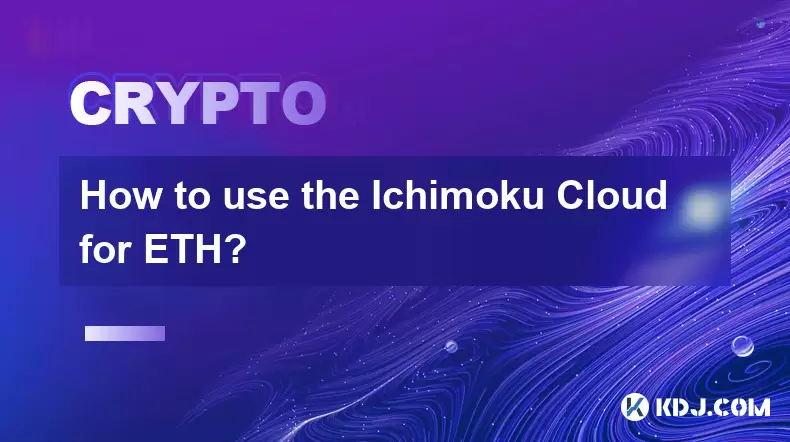
How to use the Ichimoku Cloud for ETH?
Jul 18,2025 at 09:56pm
Understanding the Ichimoku Cloud and Its ComponentsThe Ichimoku Cloud, also known as Ichimoku Kinko Hyo, is a versatile technical analysis tool that p...
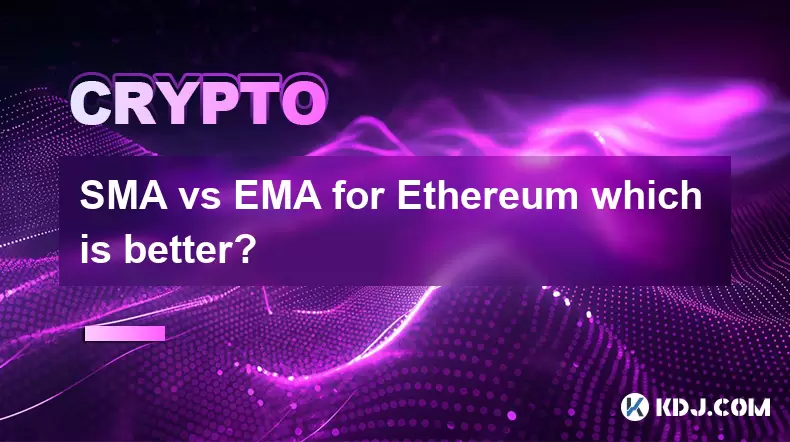
SMA vs EMA for Ethereum which is better?
Jul 19,2025 at 12:36am
Understanding the Basics of SMA and EMAIn the world of cryptocurrency trading, especially when dealing with Ethereum, technical indicators play a cruc...
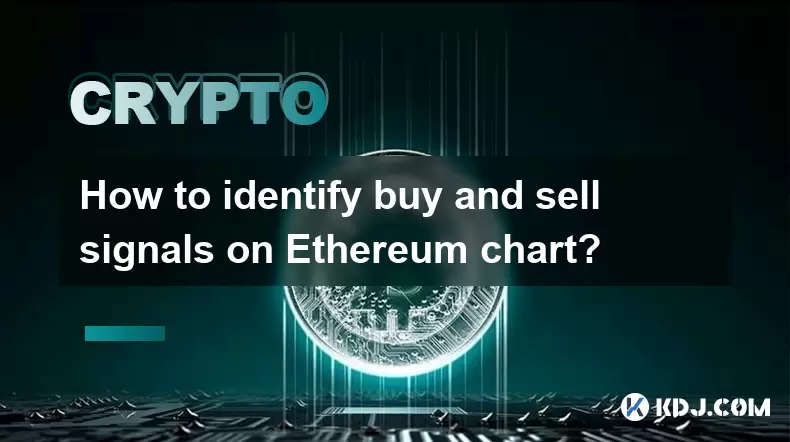
How to identify buy and sell signals on Ethereum chart?
Jul 21,2025 at 12:28am
Understanding Ethereum Chart BasicsBefore diving into identifying buy and sell signals on the Ethereum chart, it's crucial to grasp the basics of cryp...
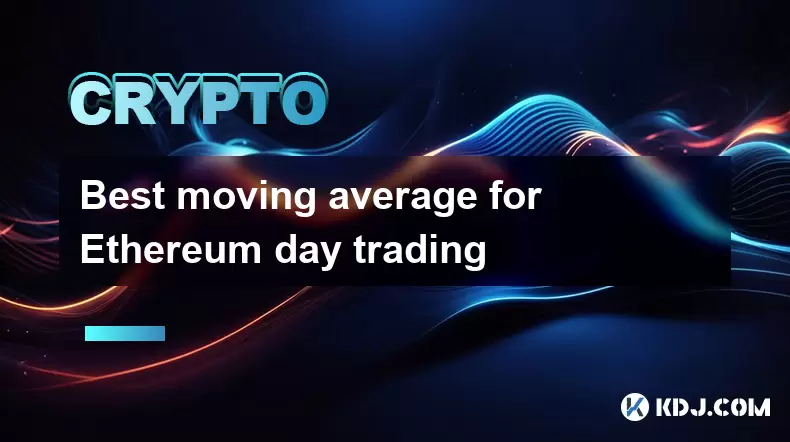
Best moving average for Ethereum day trading
Jul 19,2025 at 01:42am
Understanding the Role of Moving Averages in Ethereum Day TradingIn the realm of Ethereum day trading, moving averages are indispensable tools for ide...

What is Polkadot (DOT)?
Jul 19,2025 at 06:35pm
Understanding the Basics of Polkadot (DOT)Polkadot (DOT) is a multi-chain network protocol designed to enable different blockchains to transfer messag...

How to add indicators to Ethereum chart on TradingView?
Jul 19,2025 at 07:15am
What Is an Ethereum Chart on TradingView?The Ethereum chart on TradingView is a visual representation of the price movement of Ethereum (ETH) over a s...

How to use the Ichimoku Cloud for ETH?
Jul 18,2025 at 09:56pm
Understanding the Ichimoku Cloud and Its ComponentsThe Ichimoku Cloud, also known as Ichimoku Kinko Hyo, is a versatile technical analysis tool that p...

SMA vs EMA for Ethereum which is better?
Jul 19,2025 at 12:36am
Understanding the Basics of SMA and EMAIn the world of cryptocurrency trading, especially when dealing with Ethereum, technical indicators play a cruc...

How to identify buy and sell signals on Ethereum chart?
Jul 21,2025 at 12:28am
Understanding Ethereum Chart BasicsBefore diving into identifying buy and sell signals on the Ethereum chart, it's crucial to grasp the basics of cryp...

Best moving average for Ethereum day trading
Jul 19,2025 at 01:42am
Understanding the Role of Moving Averages in Ethereum Day TradingIn the realm of Ethereum day trading, moving averages are indispensable tools for ide...
See all articles





















